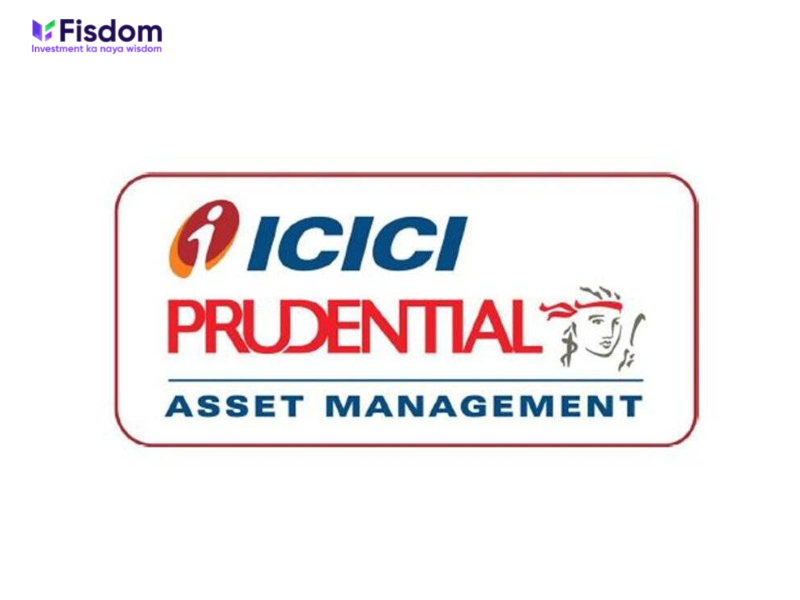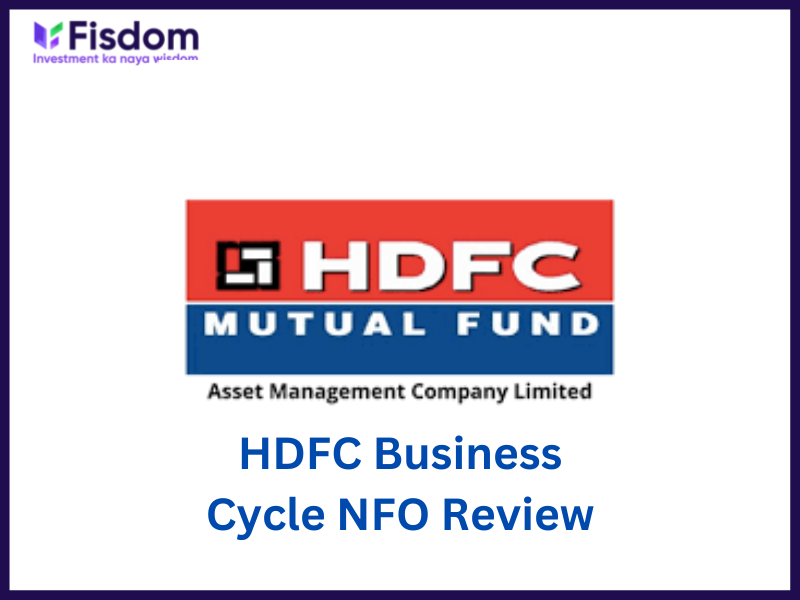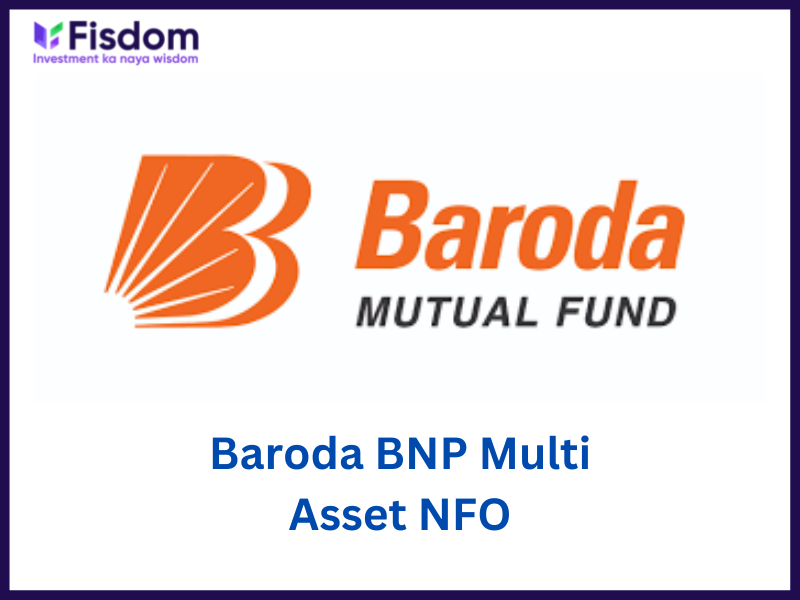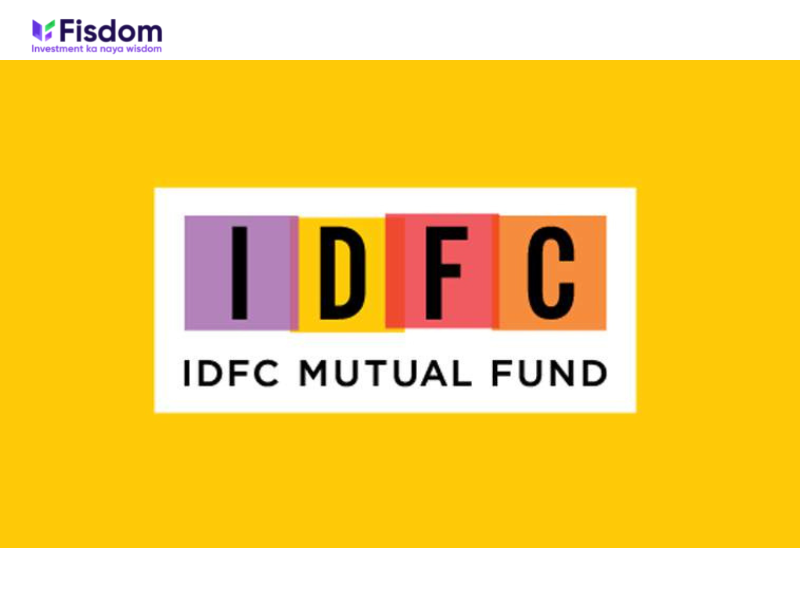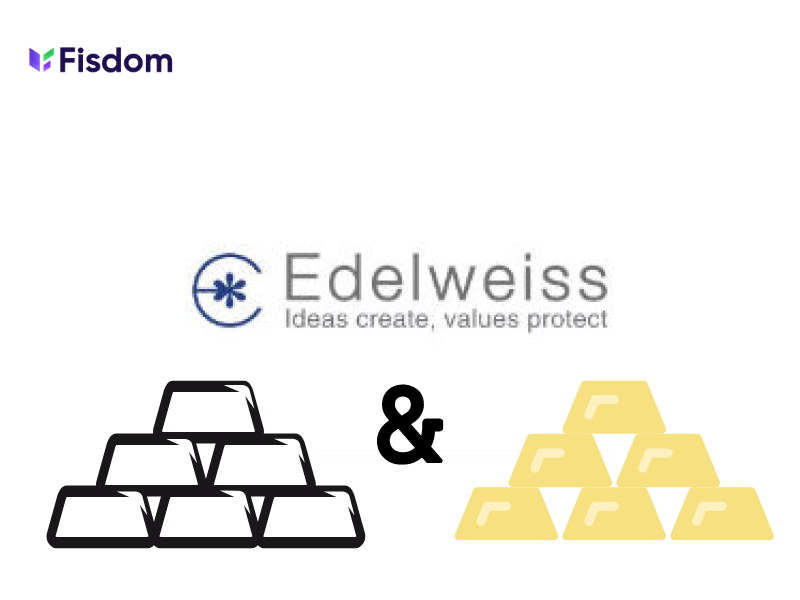
ICICI Prudential Mutual Fund announced the launch of a new fund called the ICICI Prudential Nifty50 Equal Weight Index Fund. This scheme will primarily invest in the constituent stocks of and in the same proportion as the Nifty50 Equal Weight Index.
The new fund offer (NFO) opened for subscription on September 14, 2022, and closes on September 28, 2022.
Investment objective of the fund
The investment objective of the scheme is to invest in stocks that are part of the Nifty50 Equal Weight Index. While the fund will aim to closely match the returns of the underlying index, it is subject to tracking errors. The fund will focus on replicating the constituents of the Nifty50 Equal Weight Index in the same weightage as the index.
Why should you apply for the NFO?
Diversification: As compared to the Nifty 50 Index, the Nifty50 Equal Weight Index offers better diversification due to a lesser concentration in the top five sectors. It, therefore, provides investors with an ideal diversification opportunity across sectors. The index also does not follow any size bias, and this helps in minimising the impact of larger companies on the index performance.
Periodic rebalancing: The index undergoes periodic rebalancing to eliminate any weightage bias. This allows all securities in the index to enjoy equal weightage for an ideal risk-return balance.
Passively managed: Since the index fund is passively managed, it will mostly follow the index composition. This minimises human intervention and bias in stock selection. These are also low-cost options for investing in diversified asset classes as compared to actively managed funds.
Exposure to multiple sectors: Investors can gain exposure to multiple sectors within the same portfolio. This can especially benefit those who are new to the stock markets as the fund will aim to replicate index returns through investment in index composition.
Index returns
Here are the percentage returns of Nifty50 Equal Weight Index vs Nifty 50 TRI:
Source – ICICI Pru
| Year | Nifty50 Equal Weight Index | Nifty 50 |
| 2017 | 27.9 | 30.3 |
| 2018 | -4.6 | 4.6 |
| 2019 | 4.3 | 13.5 |
| 2020 | 19.3 | 16.1 |
| 2021 | 35.0 | 25.6 |
| 2022 YTD | 6.5 | 4.5 |
Risks associated with NFOs
While investing in NFOs, investors should be aware that there is no historical performance of the fund available. Therefore, they must be cautious before making an investment. It is important to ensure that certain factors such as personal risk appetite, investment goals, the current size of assets under management of the fund house, the fund manager’s reputation, etc. are considered before investing in NFOs.
Fund details
| Scheme name | NFO details for ICICI Pru Nifty50 Equal Weight Index Fund |
| Type of Scheme | An open-ended index fund replicating Nifty50 Equal Weight Index. |
| Category of the scheme | Index fund |
| Benchmark | Nifty50 Equal Weight Index |
| Plan options | Regular and direct plans with following options:GrowthIncome Distribution cum Capital Withdrawal |
| Fund Manager | Mr. Kayzad Eghlim and Mr. Nishit Patel |
| Exit Load | Nil |
| Minimum Investment | Rs. 5,000 and multiples of 1 thereafter. |
| Expense Ratio | Unknown |
| NFO Period | 14 Sep 2022 – 28 September 2022 |
| Risk level | Very high risk |
Where can you invest in the NFO?
Head over to the Fisdom App to invest in this NFO.
FAQs
FAQs
NFO (New Fund Offer) is launched by the Asset Management Companies (AMCs) to generate funds for launching a new mutual fund. These funds are then pooled to buy the shares or other securities as per the fund’s mandate or the guidelines based on which the fund is launched. NFOs are like IPOs where all the relevant details of the funds are provided at the time of their launch and the units of the fund are usually set at Rs. 10 per unit for a subscription. SEBI guidelines allow the NFOs to be active for a maximum period of 30 days following which the units of the fund are traded based on their daily NAV.
NFOs, at the time of their launch, are launched in two categories namely close-ended funds and open-ended funds. The details of each type of fund are mentioned below.
Open-ended funds
The majority of mutual funds are launched as open-ended funds. Investors can subscribe to the fund at the nominal rate (usually Rs. 10 per unit) during the NFO period. After the NFO period, when the units are traded based on the daily NAV, the investors stand to gain huge capital gains depending on the performance of the fund.
Close-ended funds
Close-ended funds, on the other hand, do not allow the investors to subscribe to the fund after the NFO period is closed.
Investing in NFOs is a very good opportunity to maximize the returns as the units can be subscribed at nominal rates and the returns are potentially higher based on the prevailing NAV at the time of redemption. However, there are several points that need to be considered while subscribing to an NFO. Some of such points are highlighted below.
a)Track record of the AMC
NFOs are offered for the new mutual fund so no proven track record can be reviewed by investors to make an informed investment decision. The investors have to therefore rely on the reputation of the AMC and other details mentioned in the NFO to make an investment decision.
b)Expense ratio (if mentioned)
NFOs need a good amount of publicity to make the investors aware of the fund and the investment opportunity. It is therefore essential for the investors to check the expense ratio of the fund and ensure that it does not outweigh the net gains.
c)Check if the fund is in correlation to the existing portfolio
Recently there have been many NFOs in the market that investors can choose from. However, while selecting the fund the investors must check if the fund is not similar to an existing fund in their portfolio. For example, if the fund is a large-cap fund and the investor already has one or two similar funds in their portfolio, investing in another will not add much value to the net returns or the diversification of the portfolio. On the other hand, many NFOs can be sector-specific or country-specific. In such a case, investors have to check if the fund is in line with other factors like their risk-return profile and investment goals.
d)Review the SID carefully
Reviewing the SID (Scheme Information Document) is a crucial step that should not be missed by investors while investing in NFOs. It contains all the relevant information about the fund managers, their qualifications, and experience which is crucial for the funds’ performance. Other relevant information includes the investment profile of the fund, target sectors or securities, benchmark index, asset allocation ratio, etc. This helps the investors understand the returns expectation of the fund as well as the target investments where the fund will invest the pooled funds. Investors having a risk-return profile in line with that of the fund can thus invest in such funds.
Investment in NFOs can be done through two main routes i.e., the online or offline modes. The details of the same are mentioned below.
a)Online mode
The online mode of investment is suitable for investors already having a Demat account and a trading account. Investors can simply select the NFO and invest by selecting the number of units to invest and paying for the same through online payment modes available on the platform.
b)Offline mode
The offline mode of investment in NFOs is through registered brokers and distributors. Investors can contact their brokers and distributors providing them with the details of the amount to be invested and they can invest in the selected NFOs on their behalf. Investors can make hassle-free investments through such modes as all the necessary forms to be filled and the formalities to be met are looked after by these entities giving investors the benefit of ease of investment. The charges for such services are nominal when compared to the potentially high returns.
















